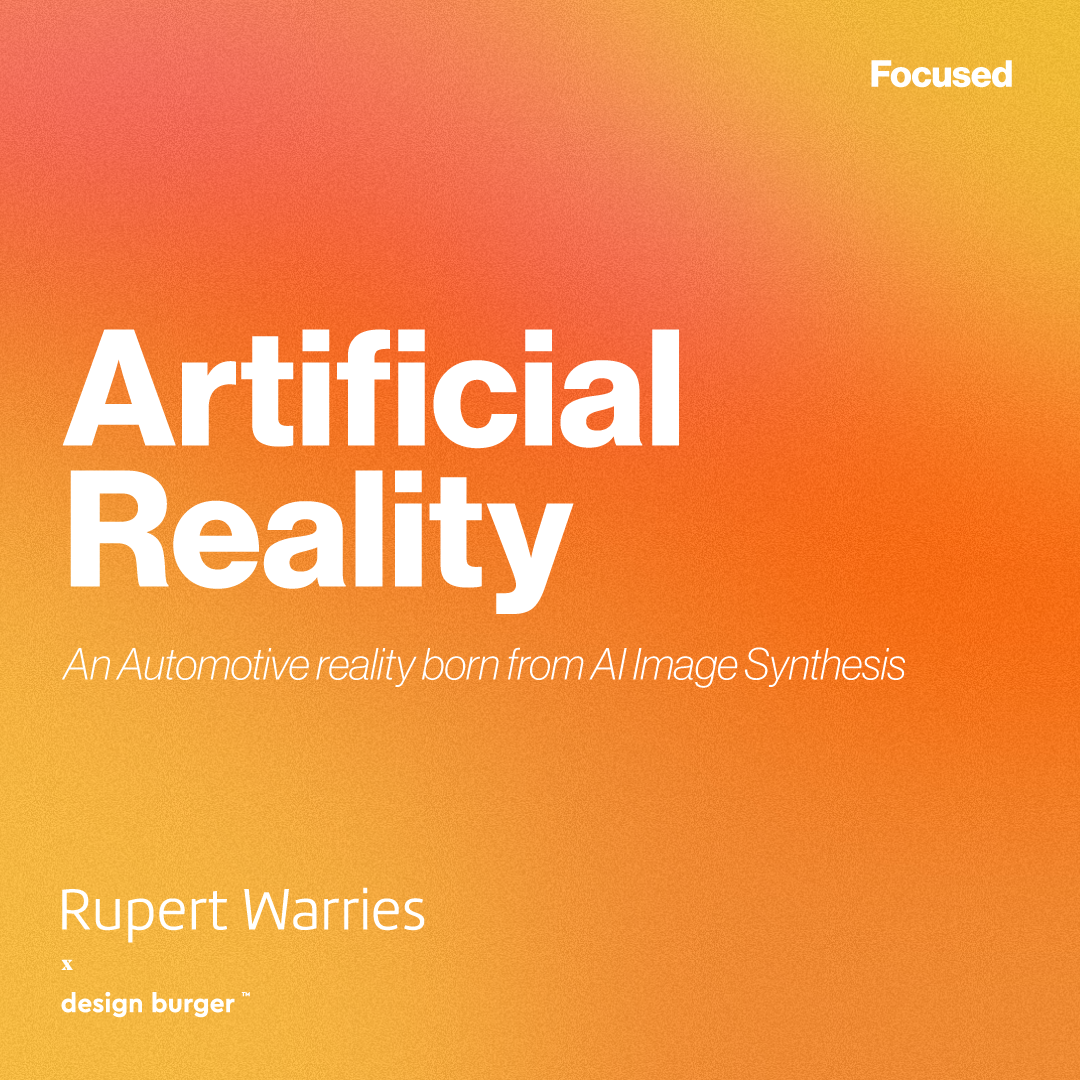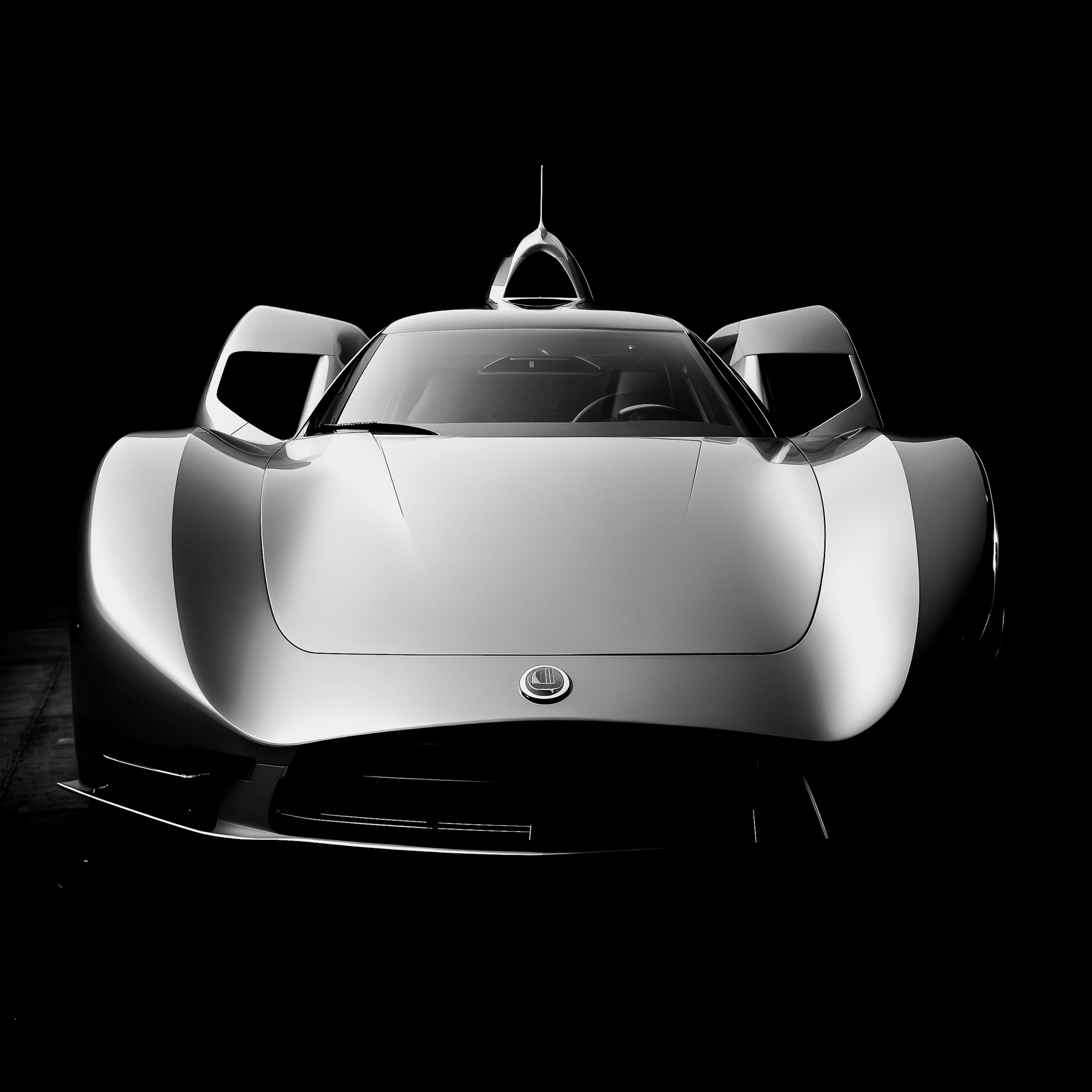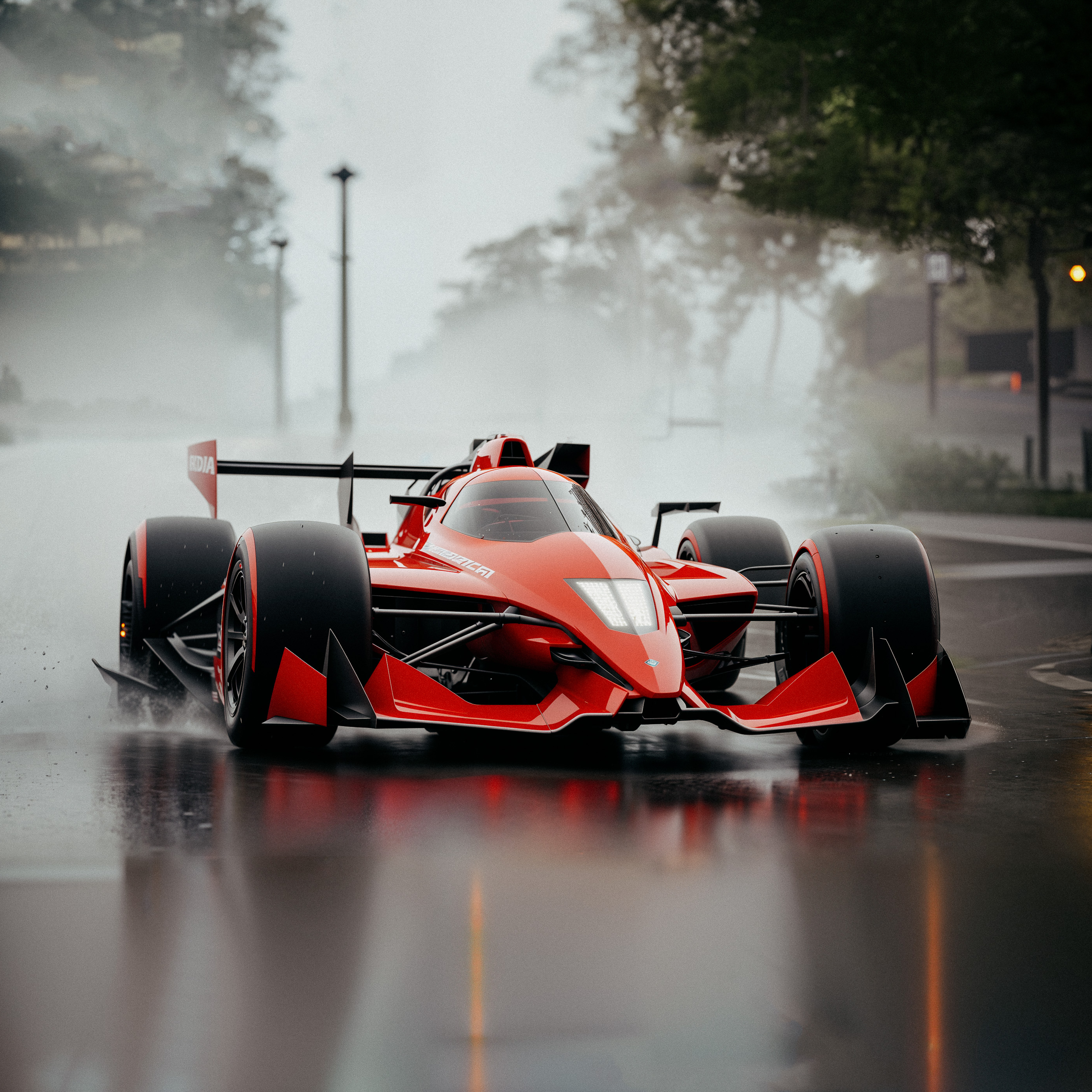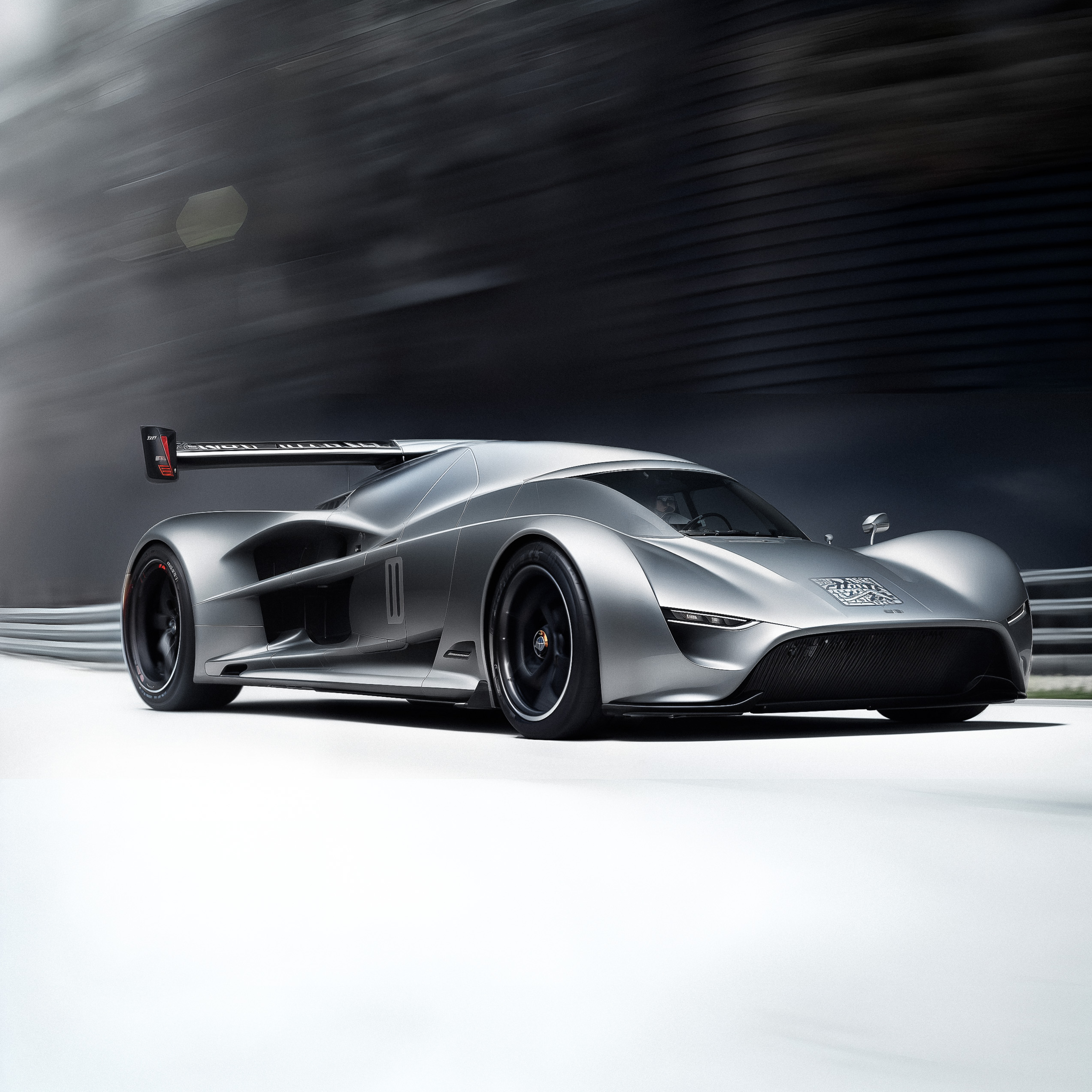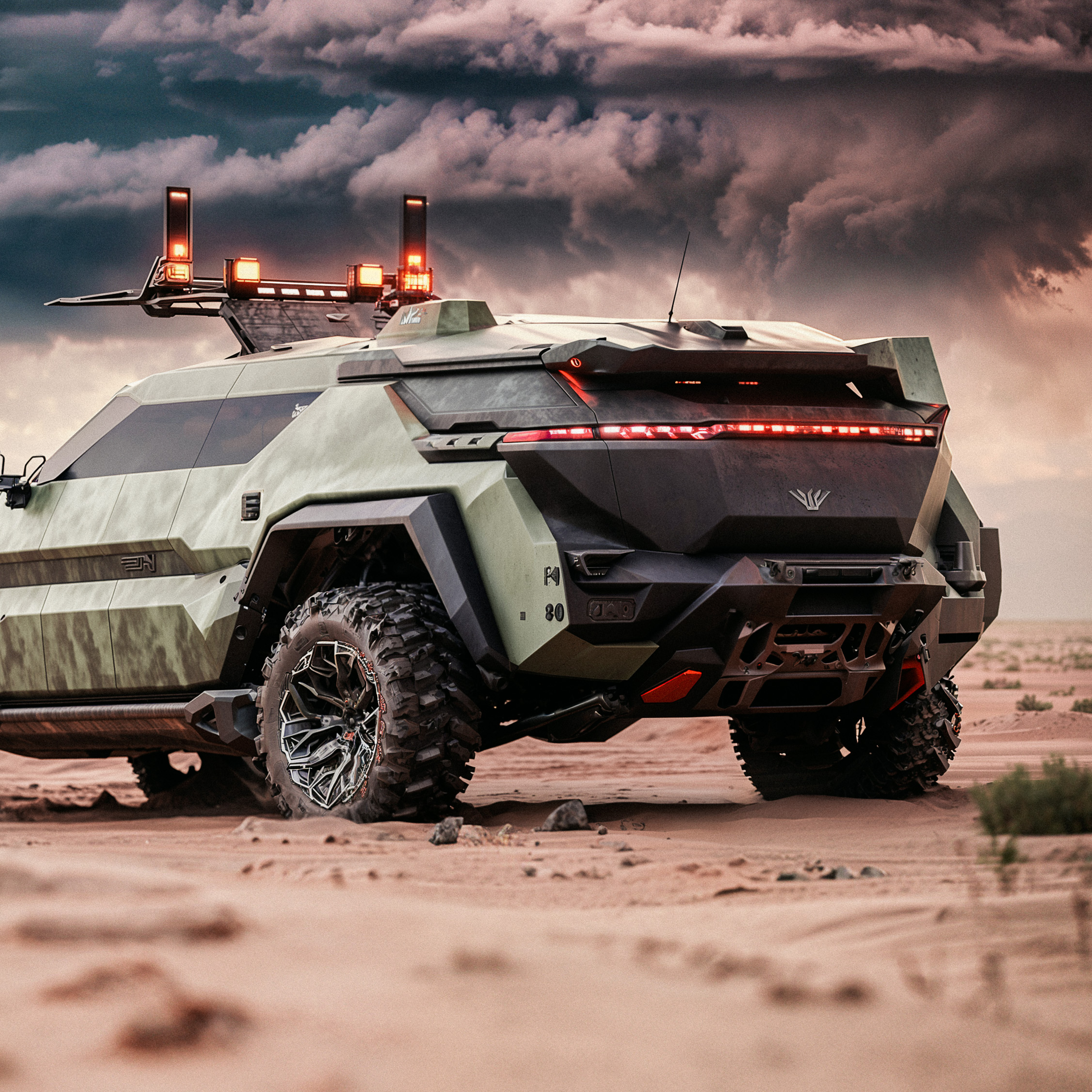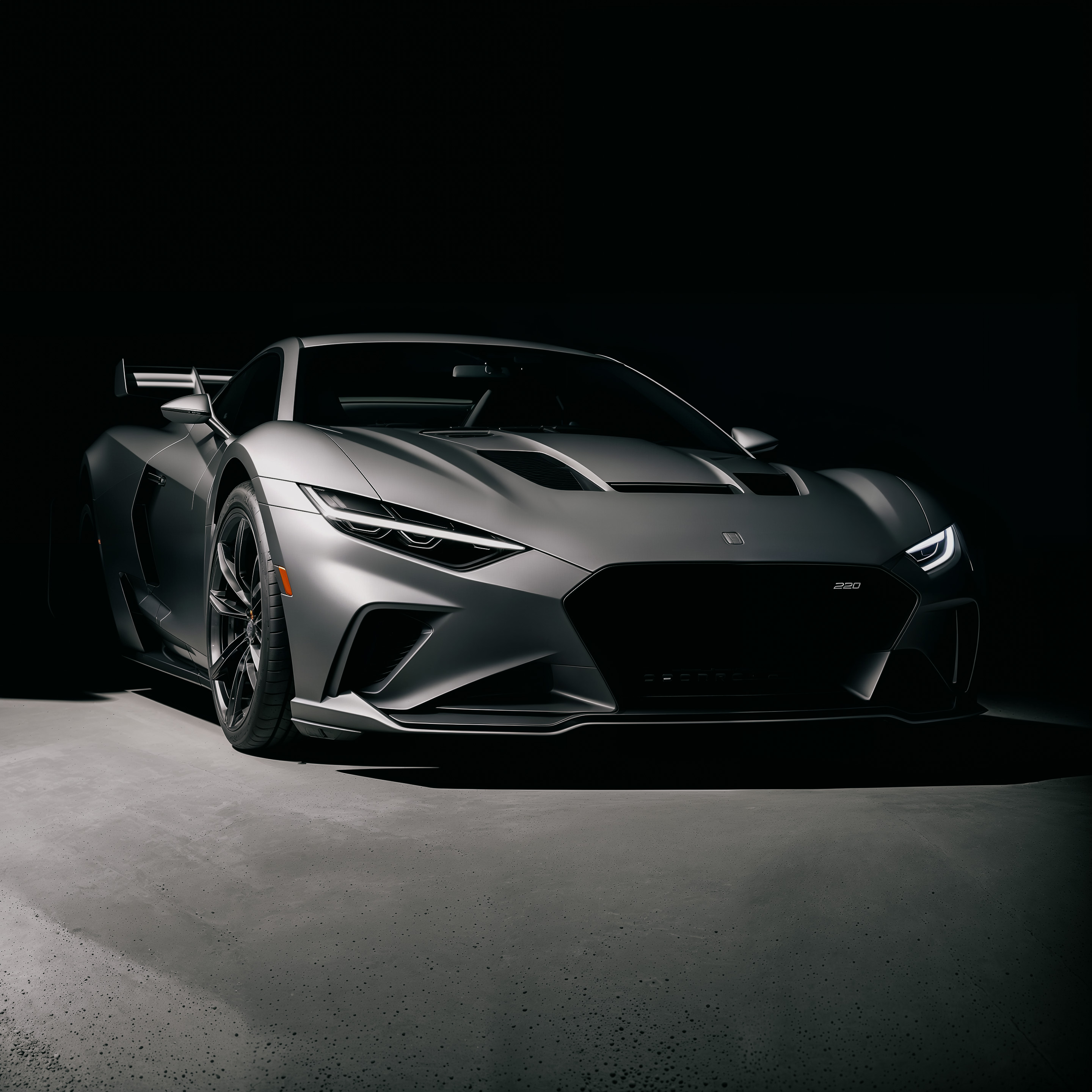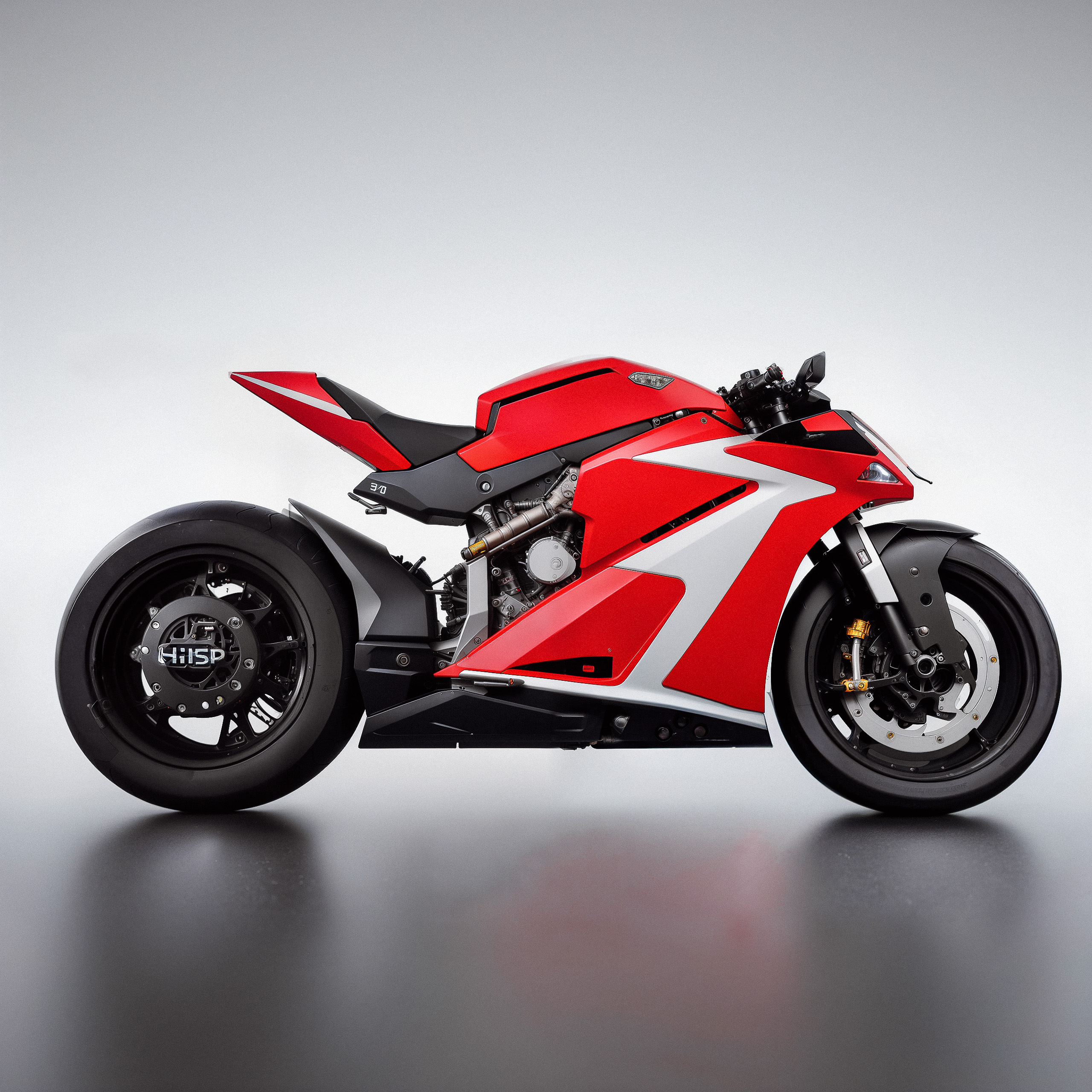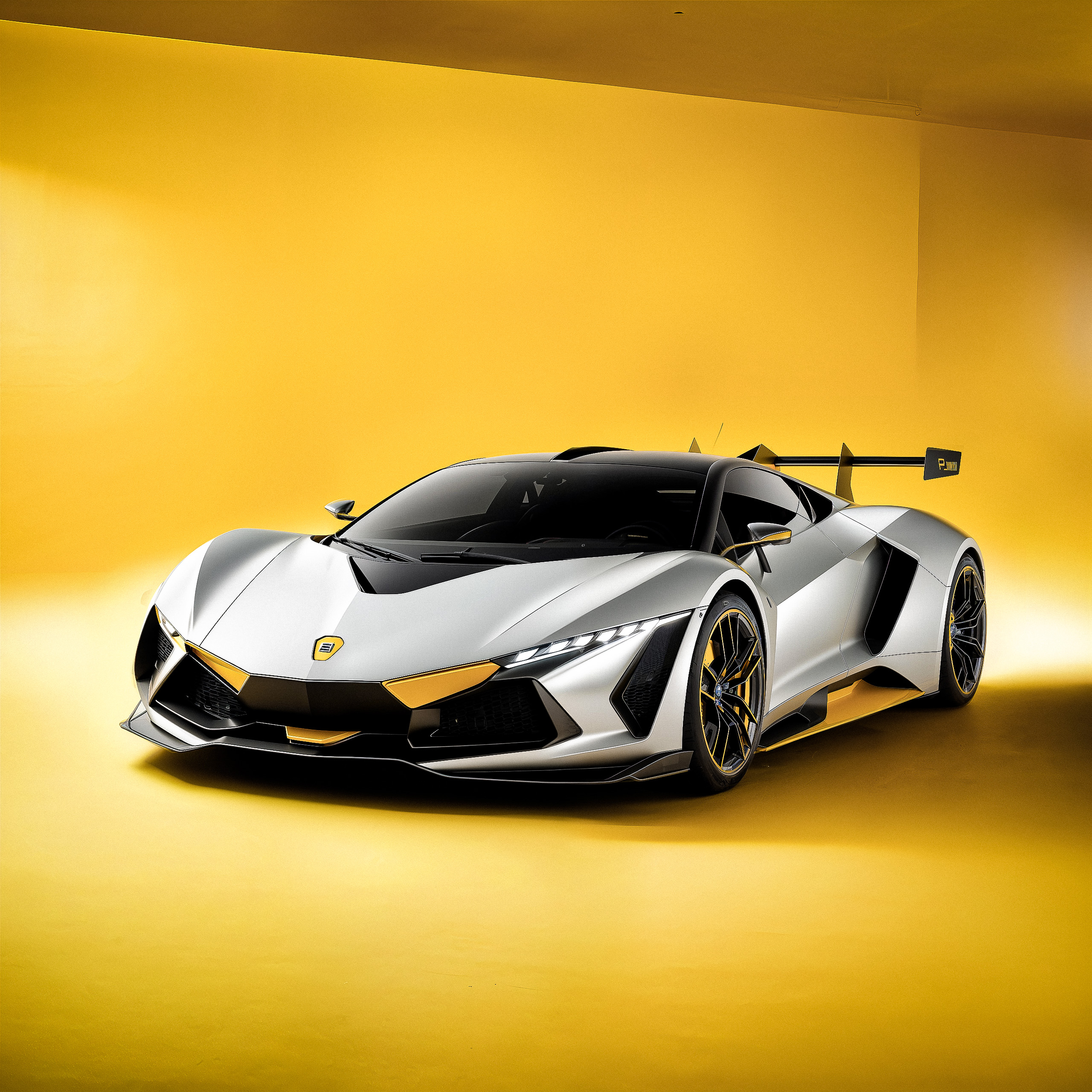The Cars of One World Over
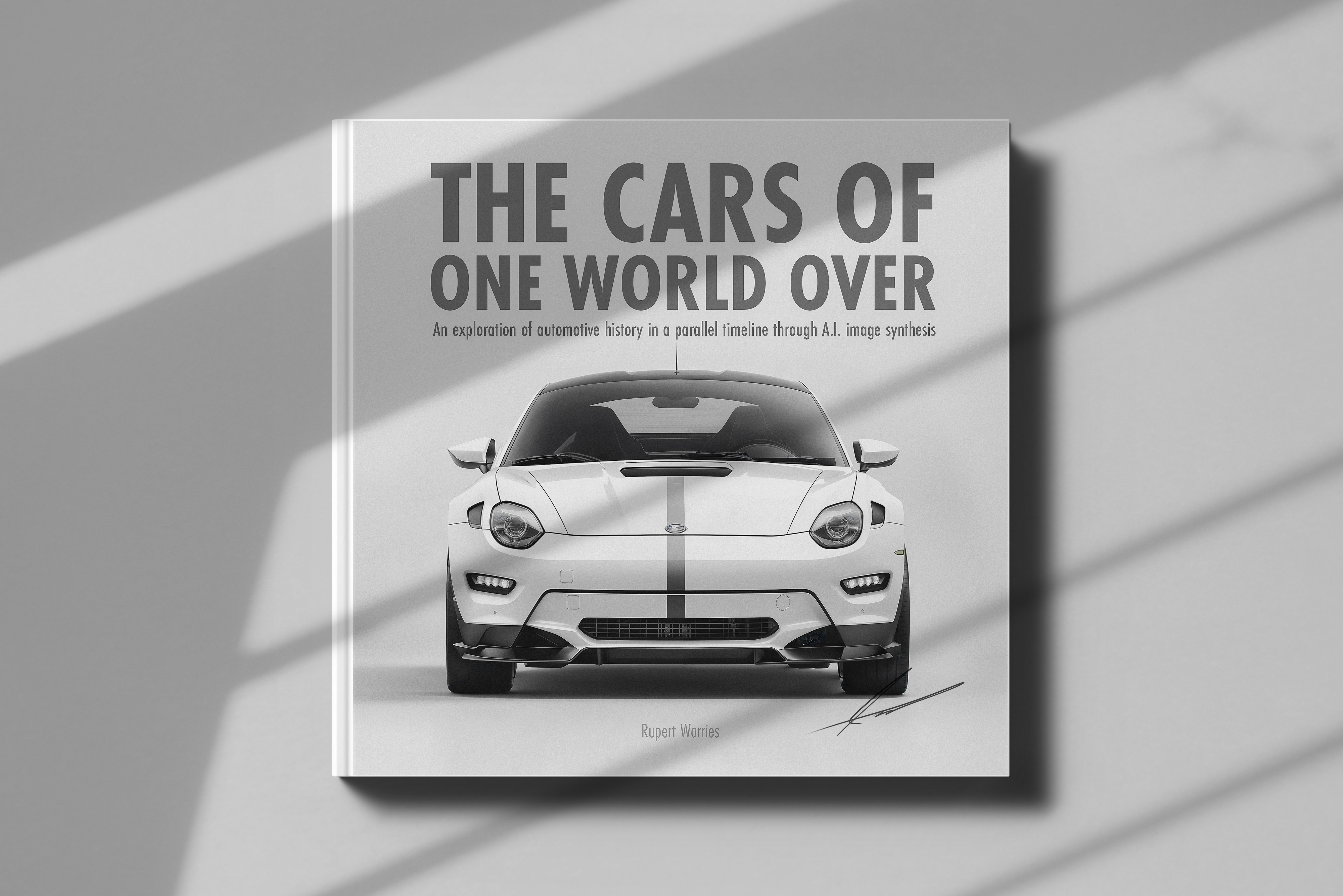
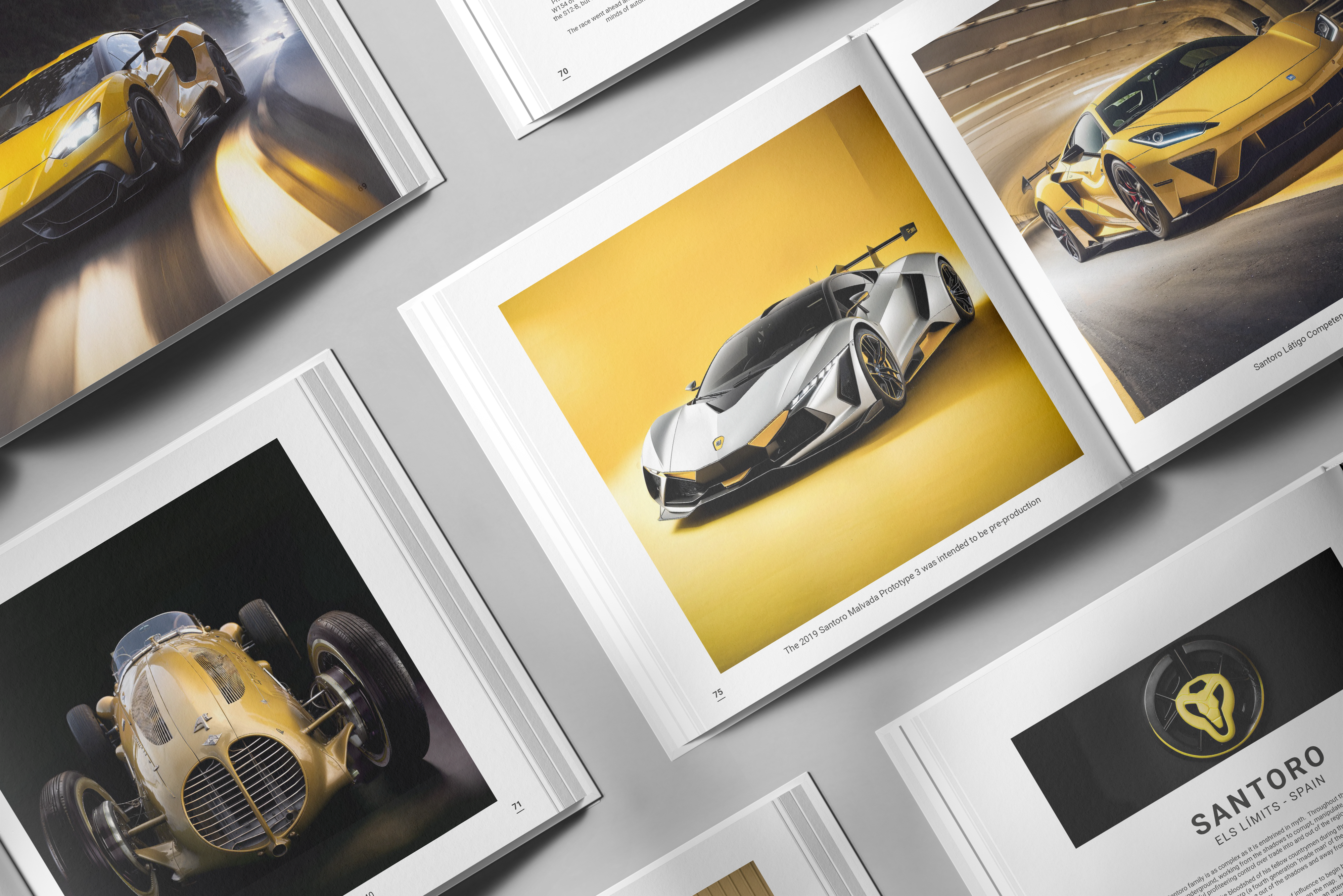
A New Era of Human/Machine Symbiosis
Over the last year, the emergence of end-user-accessible AI tools has begun to transform our relationship with technology in ways that would have been unimaginable before. Powerful Image Synthesis models alongside Large Language Models, audio and video synthesis tools have given machines the genesis of imagination and creativity. Capabilities once thought near impossible for machines to accomplish.
We are on the precipice of a new symbiosis of human and machine that will bring about the complete upending of the way we work, the way we live, and, in the design industry, the way we create.
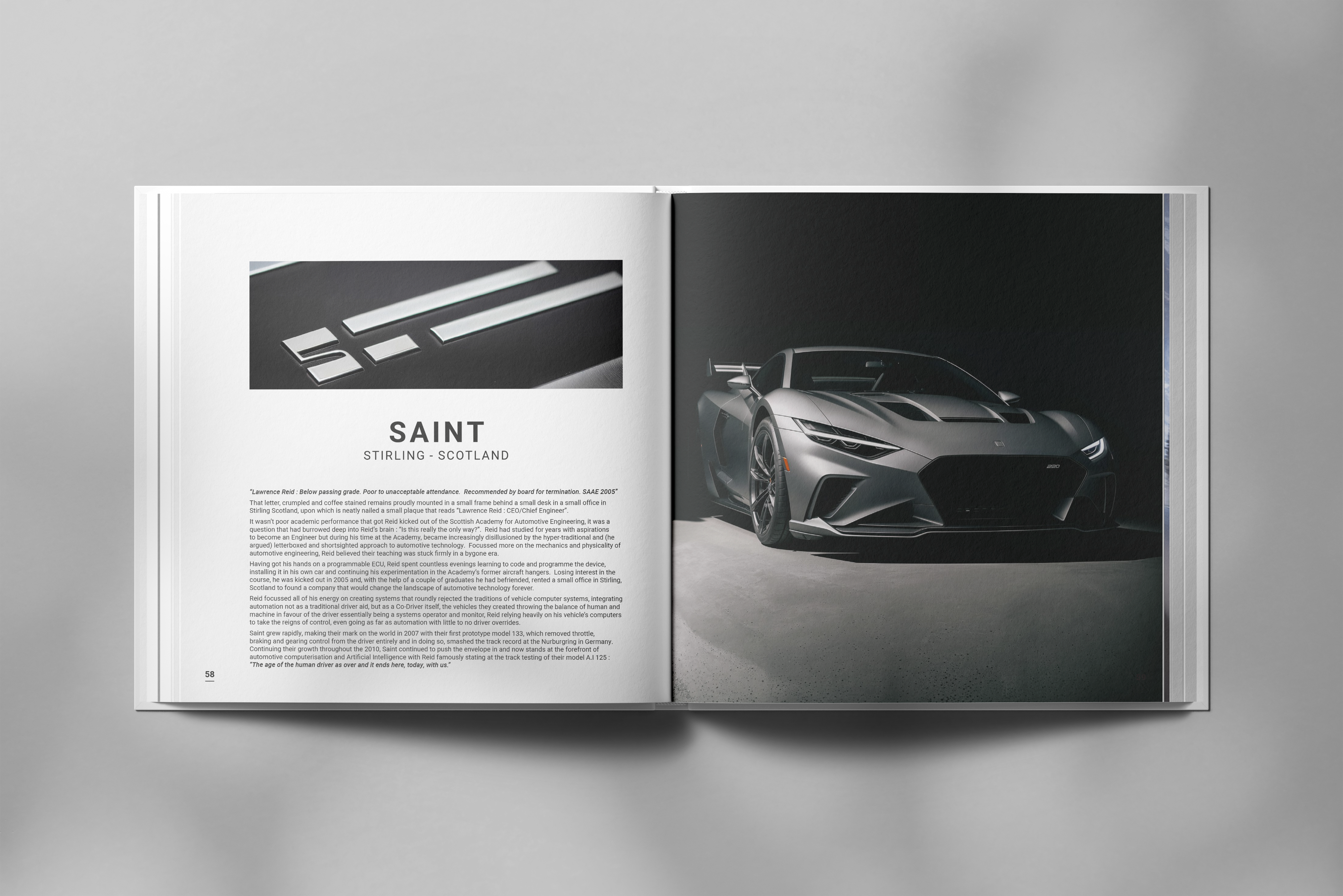
The Next Step-change in Design
The last great step-change in the design industry was the introduction of capable digital tools and computerisation. These tools fundamentally and forever shifted design methodology across every facet of the industry, enabling the creation of new and innovative workflows, changing job roles, and changing the nature of many creative roles.
A.I. is now on the brink of becoming our next great step-change. The proliferation of these technologies, specifically image synthesising models, has sparked a fierce debate in the creative space over what degree we as creatives can or should use them in our work. In parallel, it has also raised unprecedented ethical questions about the impact A.I. and machine creativity will have on an industry traditionally driven by human creativity.
For many of us, myself included, this shift has sparked an existential question: “What does this new dawn mean for design, the value of human creativity, and how can the design industry adopt and adapt to this technology not to replace creatives, but as a powerful, augmentative tool that elevates our creative potential beyond what is achievable today?”
It is clear that A.I. will fundamentally change our industry. But with creative A.I. in its relative infancy, it is up to us to adapt rapidly and teach ourselves how to effectively harness it to realise its full potential as an augmentative superpower.
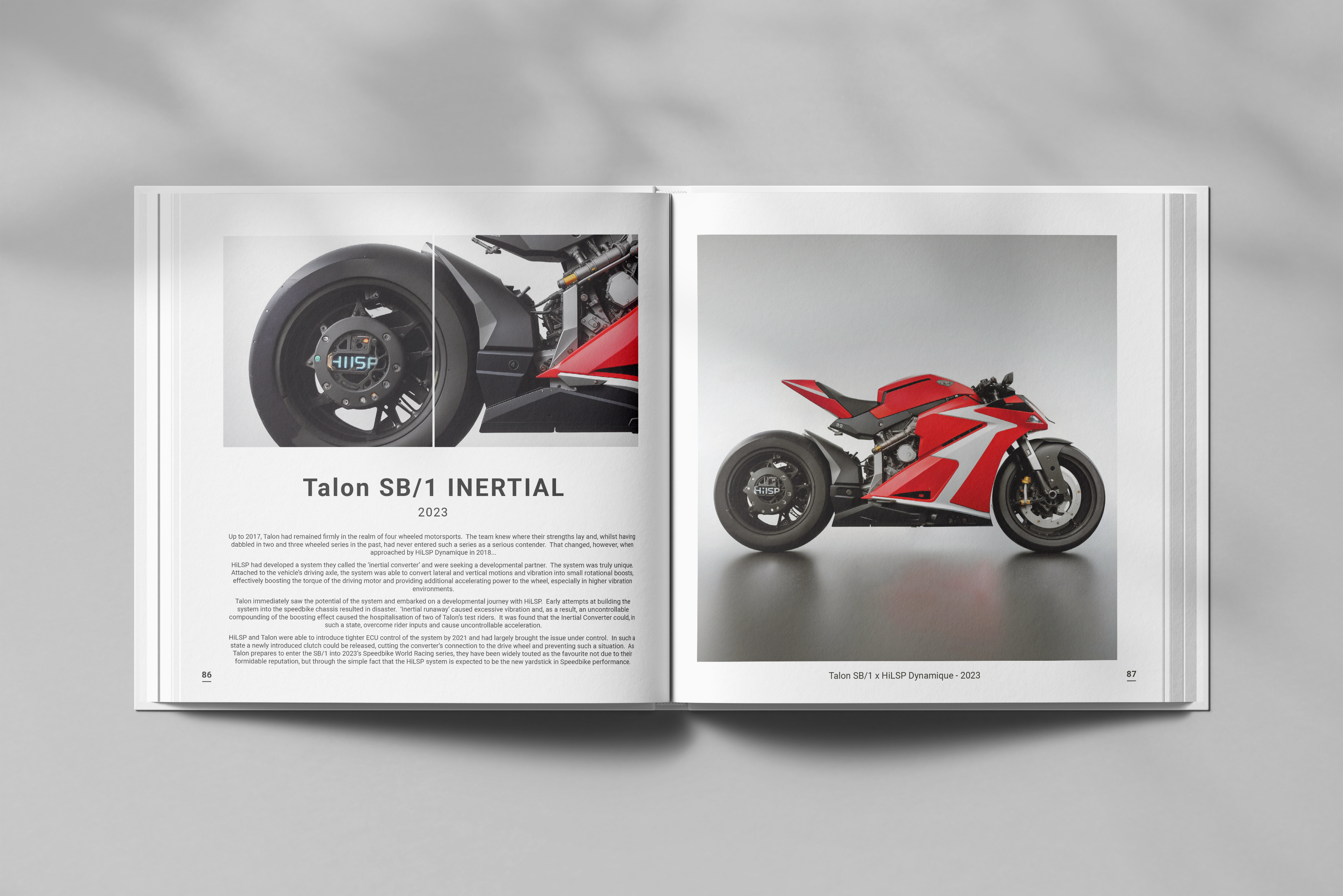
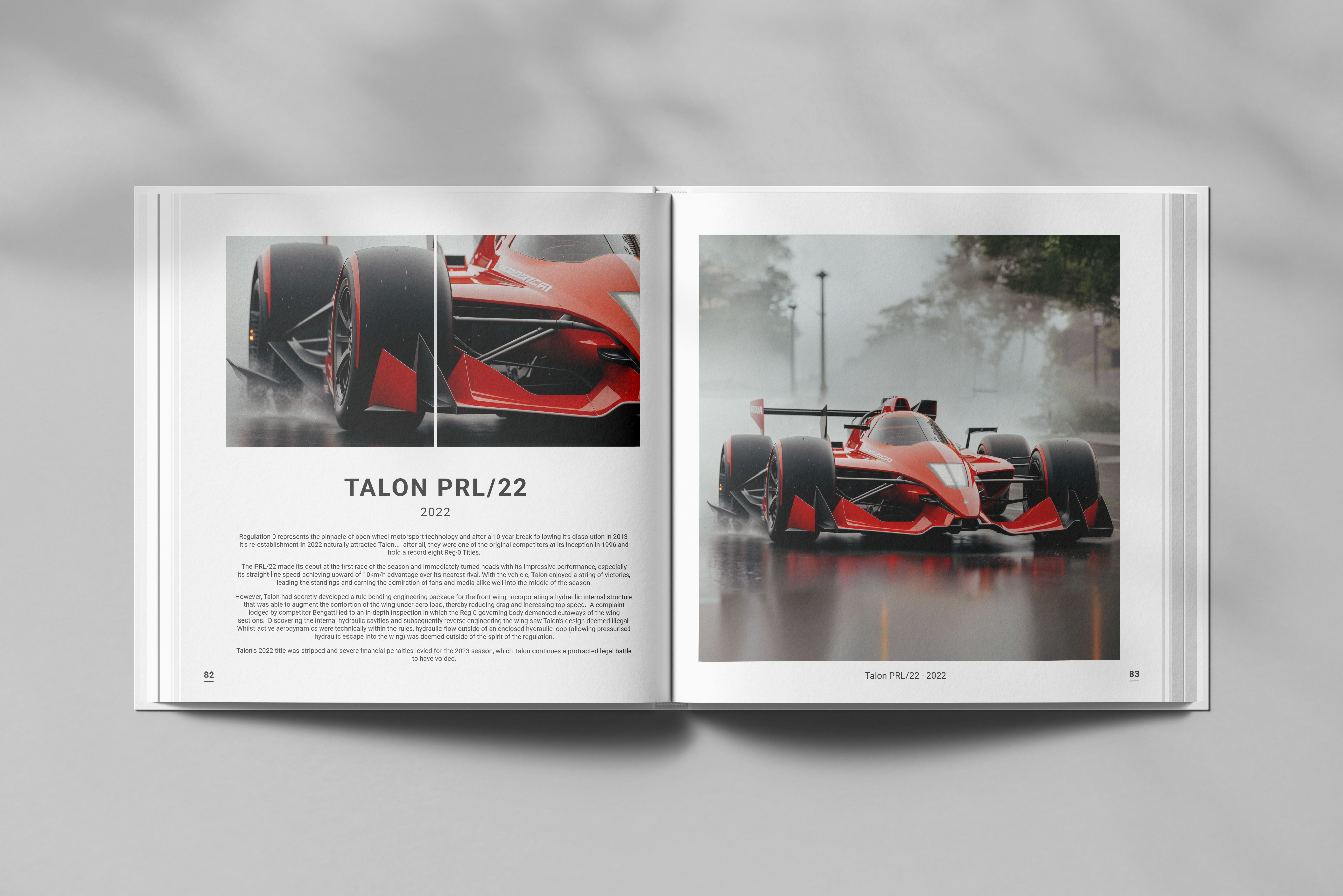
How Designers Can Harness A.I.
My intention for the project was to cut through the noise and fear surrounding A.I. and provide a compelling demonstration of the ways a designer can harness and fully utilise A.I. to augment their skills, bolster their creativity and unleash their imagination. I hoped to inspire and intrigue the creative community about A.I.’s enormous potential and to push the conversation forward in a meaningful way.
From this desire, my choice to create an alternate-reality automotive history was twofold.
Automotive design is a field that requires work of exceptional technicality, depth of thought, and complexity, all of which demand high levels of stylistic resolution. I felt it afforded the perfect opportunity to showcase the true potential of A.I. in allowing a single designer to produce a compelling array of complex designs of incredible visual quality in a fraction of the time and resources that would have been traditionally expected.
Secondly, the works of designer Daniel Simon in his automotive art books and Simon Stalenhag’s mastery in creating fascinatingly familiar alternative realities have been a great source of inspiration for me for many years. By creating a parallel world of automotive design, I could elevate the output of the project beyond simple design visuals and into a realm that was both engaging and profound. By presenting the reader with compelling imagery and captivating narratives around brands and vehicles that never were, I hoped to create authentic design stories that demonstrated how A.I. had unshackled my own imagination and challenged readers to think deeply about the possibilities of artificial intelligence in unleashing creativity in their own work.
Creating the vehicles and imagery was a process of discovery for me. As the technology is so recent, there is no established ‘best practice’ for its operation. As such I spent the first months combining technical research with exploration of the technology’s limits to develop a workflow that would allow me to drive the A.I. effectively as well as exact meaningful creative control over the outputs.
My most critical goal with this project was to actively design using A.I., not just to observe and use its RAW outputs. Using a combination of Stable Diffusion, Photoshop and Lightroom I was able to create and refine each vehicle’s design through a curative collaging and reprocessing method. Each vehicle started with unconstrained A.I. generations based on text prompts describing the form and design language I envisaged, sometimes guided by a basic sketch or blocked-out composition. The multitude of resultant raw outputs were then down-selected to choose the most compelling forms, details and features to collage together in Photoshop to start forming the foundations of a more refined design. This design collage was then fed back into the A.I. model for reprocessing. This process was then repeated a number of times for further refinement.
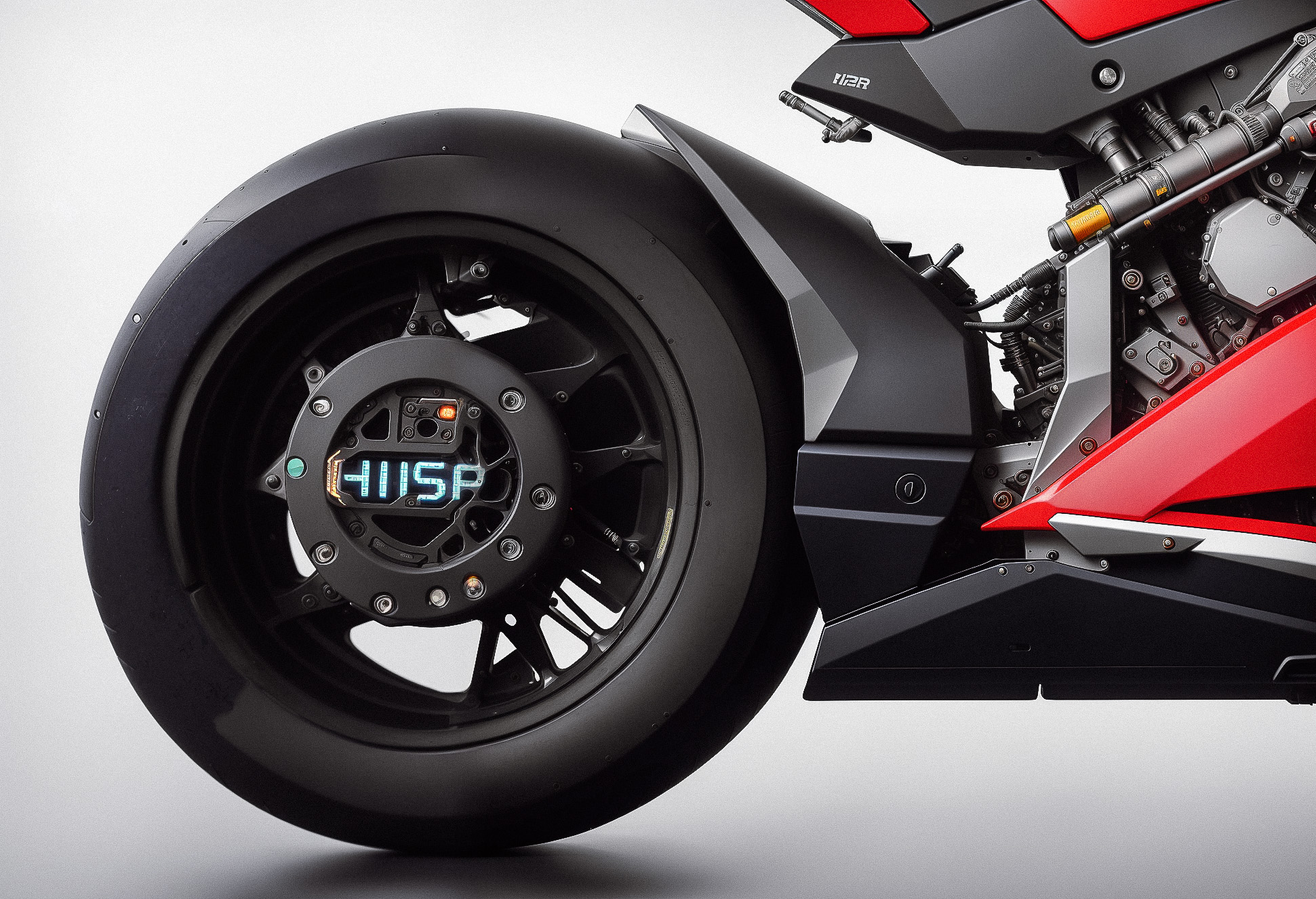
With each cycle, I curated the best elements of each image variation and further constrained the ‘creativity’ of the A.I.’s output during the next reprocessing step. Through this iterative design refinement process, I curated and guided each vehicle’s design details to become more and more well-formed with variance increasingly constrained until I achieved a design that felt authentic, on-brand and well resolved.
I see this in many ways as analogous to a process of creative direction with the A.I. as the design team. The A.I. generates output based on what’s asked of it, the designer refines and remodels it to request changes and so on and so forth, empowering rapid creative exploration with a fraction of the time investment or resource one would expect.
Designing with A.I. Visualisation as the key driving force, as I have in The Cars of One World Over, is one of the most extreme and groundbreaking ways of integrating A.I. into design work. It surely throws out the established creative rulebook and harnesses an emerging technology at its bleeding edge. But the possibilities for integrating A.I. into design work in more subtle ways are abundant and diverse. As a tool for rapid detail and CMF explorations, converting napkin sketches to exciting ‘renders’, refining quick visuals into compelling photo-quality imagery or creating bespoke illustrative imagery for presentation decks, the uses are limited only by the boundaries of our imaginations.
Many of these possibilities I have already implemented in my studio work and I have been enthused to see an explosion of creative uses of A.I. from the design community as a whole. Uses that clearly demonstrate how A.I. lowers creative barriers, increases accessibility and allows designers’ imaginations to flourish.
In the creation of my book, I felt exactly this, the melting away of creative constraint allowing my imagination to run wild. By forcing myself to push the envelope and harness A.I. Image Synthesis as the project’s primary creative tool I hoped to create a pioneering showcase at the forefront of our ability to harness this technology, and I am thrilled to explore its potential further.
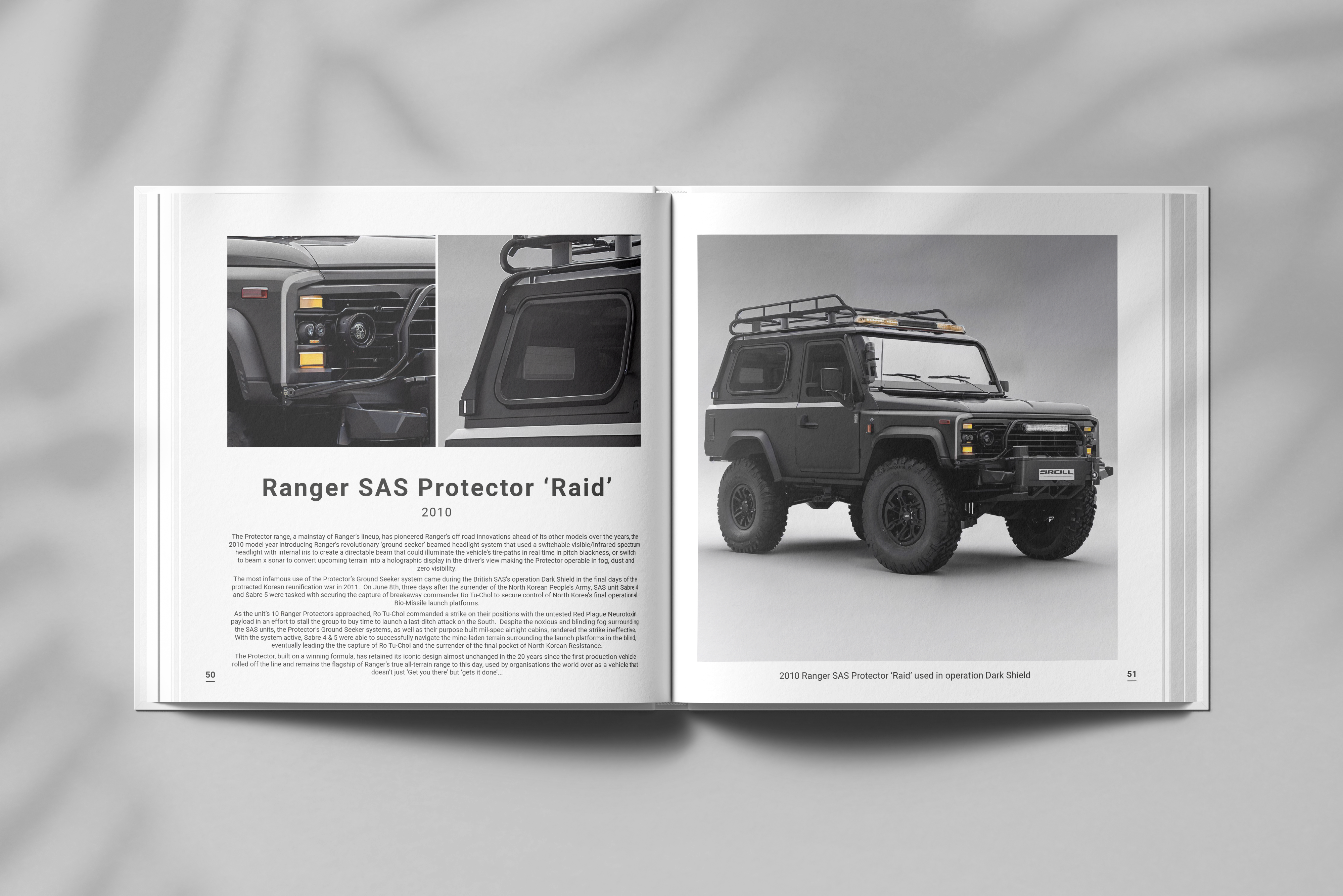
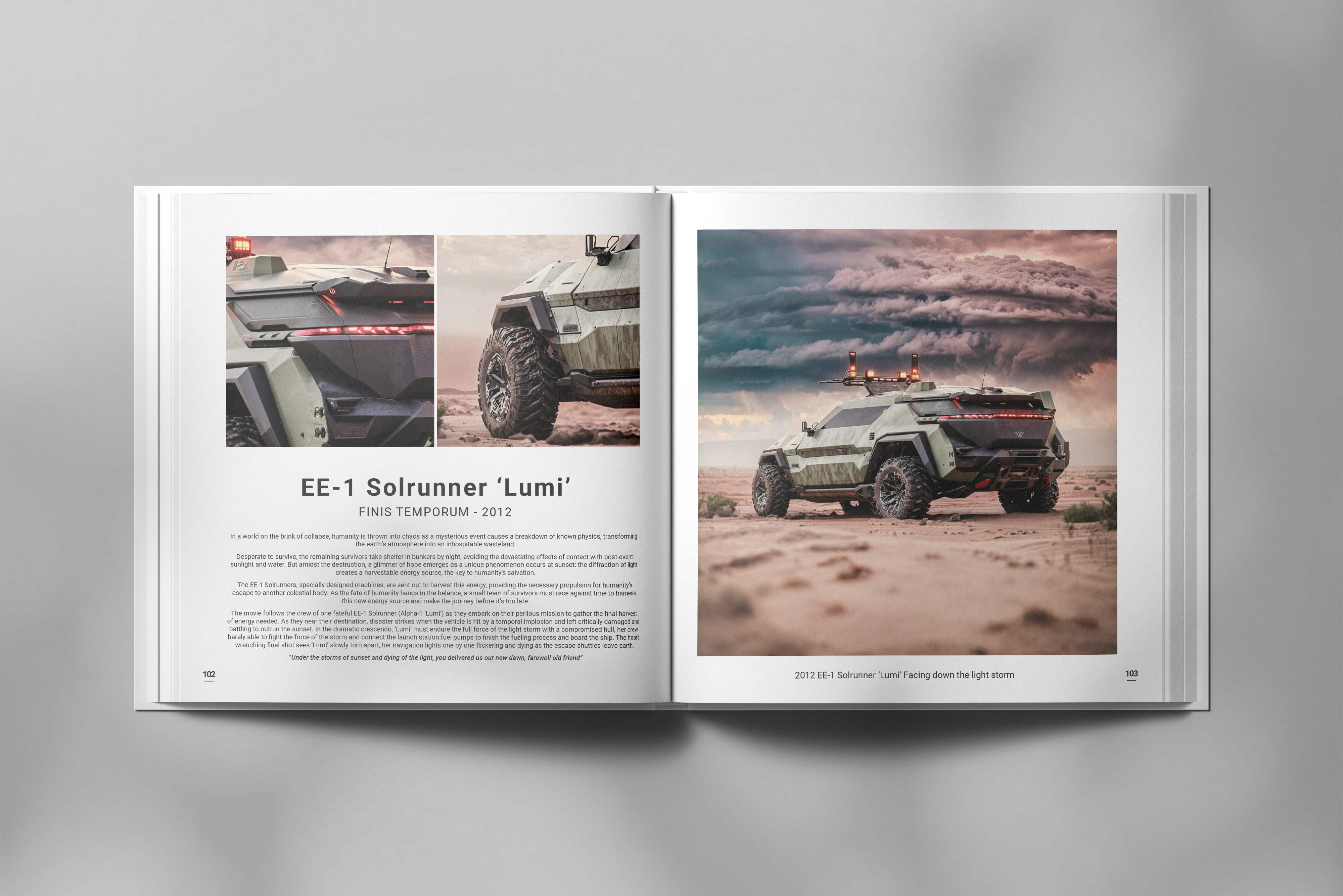
The Book Itself
I am incredibly proud of what ‘The Cars of One World Over’ became through the process of its creation. What began as a modest passion project to showcase a significant technological breakthrough and inspire other creatives has turned into one of the most gratifying creative experiences I’ve ever had. Building an entire alternate reality, crafting the characters, their stories, and the world-changing events that shape their existence has been an incredible voyage of imagination. Through this project, I’ve grown as a designer, and I sincerely hope that my work will motivate others to explore their creativity through A.I. and push them to embrace what I believe has already become one of the defining technological innovations of our era.
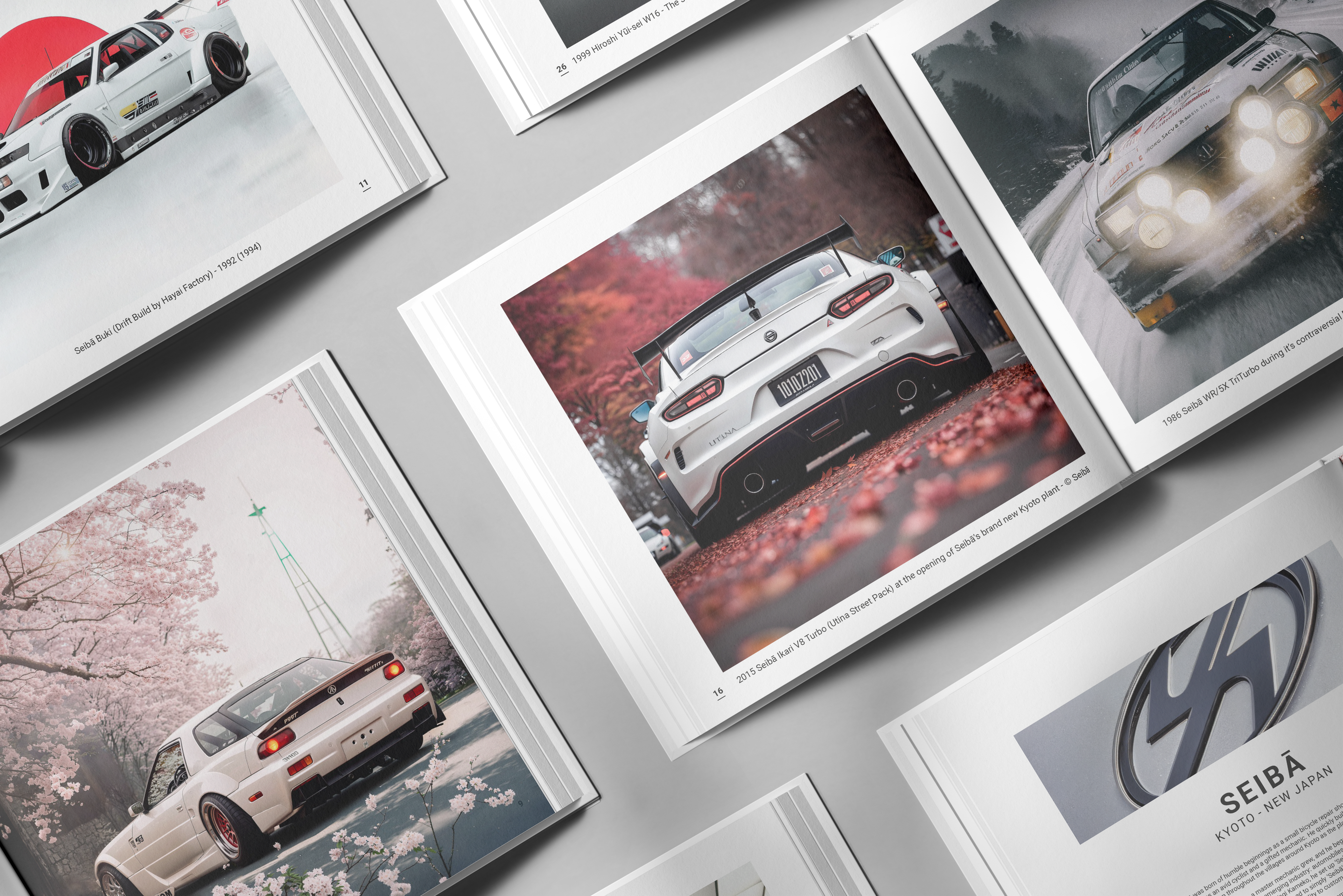
Rupert Warries’ “Cars of One World Over” is currently fundraising for its first edition print run on Indiegogo, both Digital Copies and Hardcover Coffee Table books are available through the campaign here.
